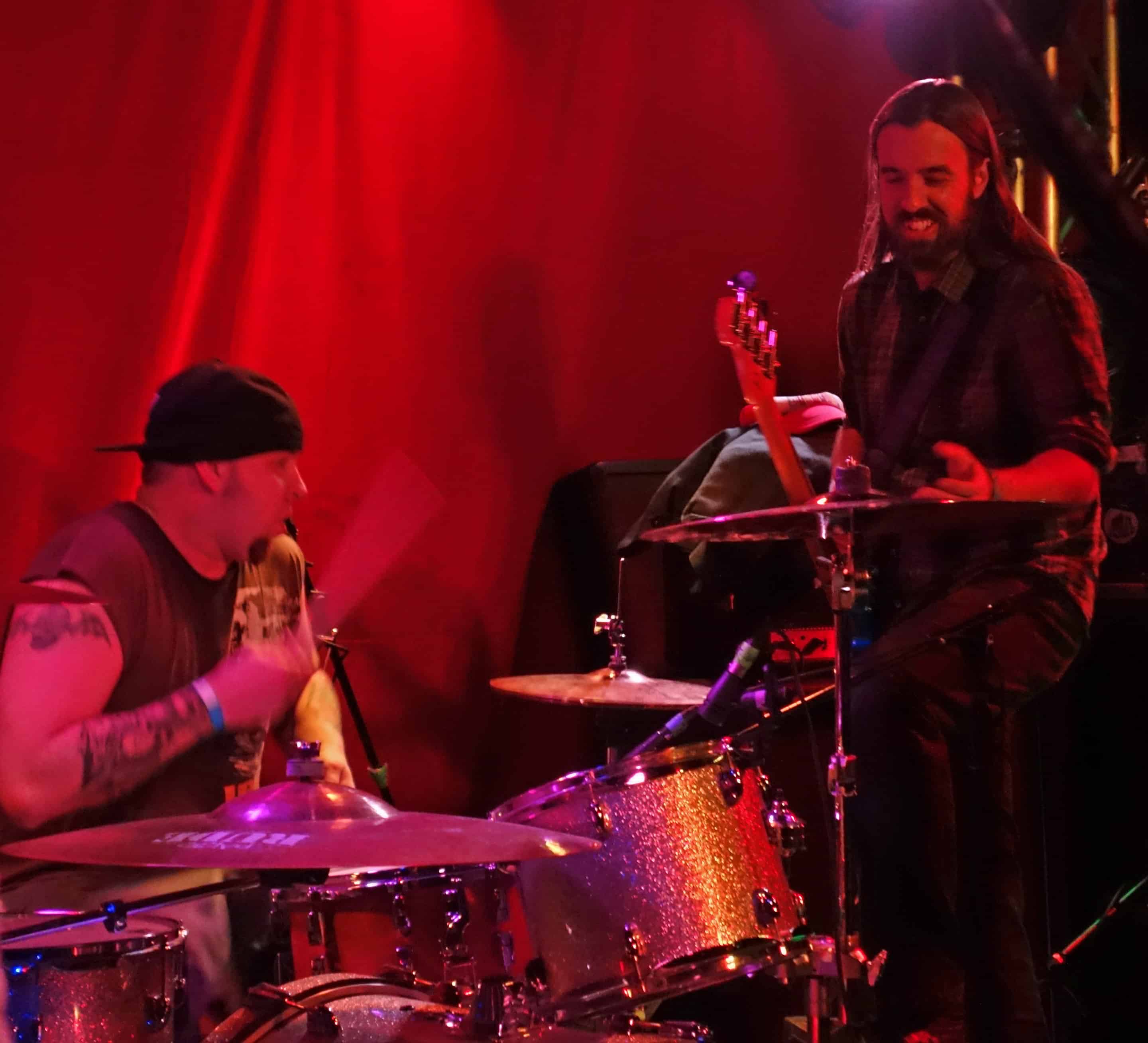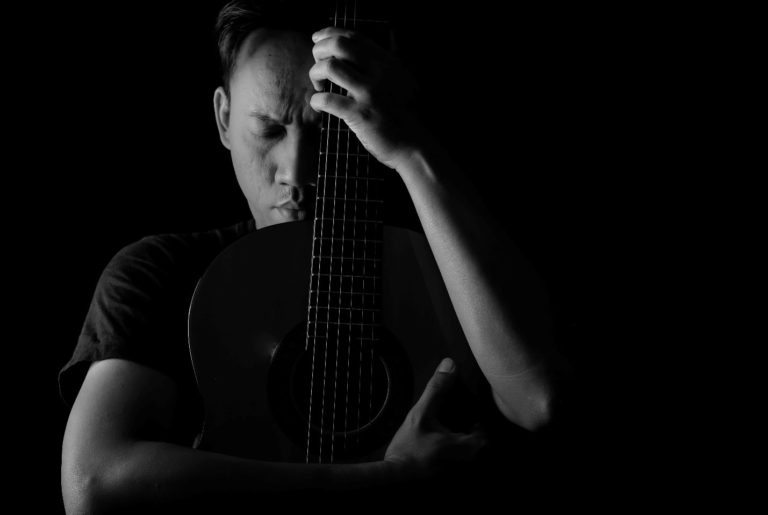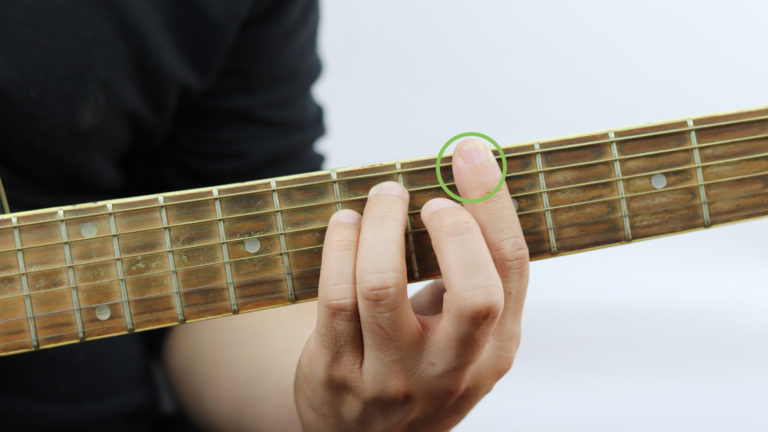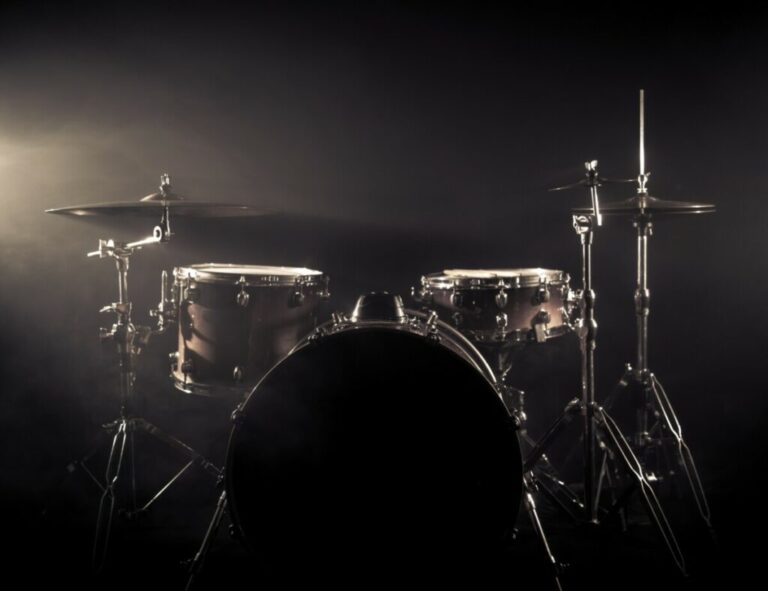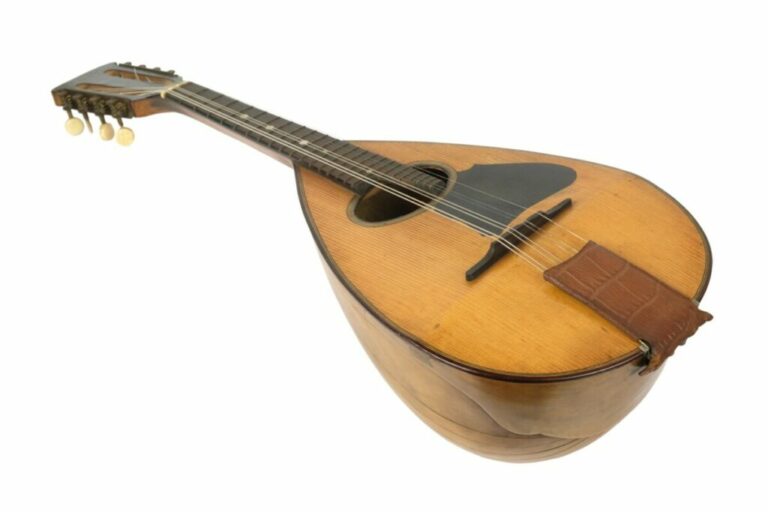Are cymbals hard to play?
It may seem daft to ask if cymbals are hard to play. After all, they only make one sound when you hit them. At least, that’s what people want you to think.
When asking if cymbals are hard to play, consider the different types of cymbals, the way you play them, and the style of music you play. These changes will dictate the challenge level of your cymbals.
There’s a fine art to playing the cymbals. The sounds and rhythms of hitting a hi-hat differ vastly from using a crash cymbal.
Therefore, nothing is quite what it seems in dealings with everyone’s favourite percussion disc. So are cymbals hard to play? Below, we dig into the details behind that question.
Understanding the basics of cymbals
When it comes to learning any part of the drum kit, such as the ins and outs of cymbals, everything comes down to two things: the type and the technique.
There are three types of cymbals that consider those changes:
- Hi-hat
- Ride
- Crash
Not only do each of these types sound completely different, but they also have entirely different purposes. It’s not uncommon to see all three types on the one kit depending on what style of music a band plays.
Hi-hats
The smallest form of the cymbal, hi-hats are a pair of small discs that sit on top of each other. A pedal at the base of their shaft controls them, which you can use to move them closer or further apart.
By altering the position of the two cymbals, it produces different sounds that a drummer can use to great effect.
They are common on many kits and are popular in jazz and blues bands and more mainstream music
It’s best to play these lightly to generate a tight clean sound and provide ways to fill in minor details within the rhythm section of a song
Ride cymbals
Ride cymbals are what we class as the “normal” cymbal that we often think of. They provide the general loud sounds that we all come to expect from this form of percussion.
As the name suggests, drummers use the ride cymbal to maintain the beat in a song. By forming the -2-3-4 part of a beat, they give other band members the cues they need to switch things up.
Alongside their timing purposes, the louder and more defined sounds of a ride cymbal give drummers more versatility when they need to make themselves heard.
Crash cymbals
Crash cymbals do exactly what their name suggests, they produce a lot of noise! The largest form of the cymbal, crash cymbals, give off loud and prolonged echoes that mark a defined change in the music.
You will often find multiple crash cymbals on a kit and are often of slightly different sizes. By varying the size of a crash cymbal, it alters the duration and tone of the crash.
It’s why many drummers love to use them to symbolise the end of particular fills or solos. It is their way of marking their individuality to fans without disrupting a song’s progress.
Why understanding technique is important when playing the cymbals
It’s not just the type of cymbal that matters though, it’s how you play them too. Hitting different parts of the cymbal will produce major variations in the noise and length of their overall sound.
Not only that, the part of the cymbal you hit matters too. This will often be split between two areas: the edge and the bow.
Striking the edge of a cymbal gives a much tinnier sound. It often means it’ll be a quick, sharp sound when you strike it. That means it’ll need to be hit more often to impact a song.
If you strike the bow, or the body, of a cymbal, that’s when you get the longer and louder notes. These strikes often only require one hit before moving onto the next movement.
Knowing where to hit is one thing, but it also helps if you know some strategies to help get the sound you want.
Varying the angle
One great way to master the cymbals is changing the angle of how you hit them. This makes a real difference in the type of sounds you get.
For example, there is a real difference in how you should hit ride cymbals with the angle of the drumstick.
Ride cymbals should ideally be hit at a 45-degree angle as it gives you the best control for the tick needed to keep a beat.
However, hitting the cymbal with the stick horizontal produces a longer and louder sound. This works wonders if you want to use a ride cymbal as a replacement for a crash cymbal.
Edge or bow?
What also makes a massive difference to the sound is where you hit the cymbal itself. Knowing where to hit is also a very deliberate decision.
It’s best to hit both hi-hats and crash cymbals on the edge, although it’s for completely different reasons.
Hitting the hi-hats on the edge gives the finer sounds that they are known for. Meanwhile, it’s best to strike crash cymbals on the edge to get a defined sound almost instantaneously.
That is much better than striking in the middle, which may produce a longer but duller sound overall.
Ride cymbals are best to be hit in the middle of the disc. What this does is give a clear and steady sound that is easy for all to define.
Choosing the right tools to make your cymbals sound good
Of course, knowing what to use is just as important as how to play. This comes in two forms: using drumsticks and controlling a pedal.
When using your drumsticks, you get a variety of sounds depending on what part hits the cymbal. After all, striking with the head of a stick gives the fullest sound possible.
If the body of the stick strikes a cymbal, it will produce a less defined sound that may not give the overall noise you want to produce.
Drumsticks are not the only tools that you need when playing the cymbal. When playing hi-hats, controlling the pedal is crucial to the sound you get.
This means positioning your feet and finding a comfortable stance that you can use when playing a full set. More often than not, maintaining a heel-toe movement gives the best overall control.
The heel-toe dynamic helps replicate a 1-2 rhythm and keeps things in time to a 4-bar beat. This helps keep overall timing even when not actively playing or striking on the hi-hat.
So are cymbals hard or easy to play?
When breaking everything down, there’s a surprising amount of detail to playing the cymbals. They are not just a one-hit instrument.
After all, there are 3 types of cymbals to learn and master as part of any standard kit alongside your bass drum and snare drum. These all have different roles and purposes to fulfill in a song.
That comes alongside all the unique sounds that come depending on how they are hit. With the variations in length, tone and volume, it takes some practice to find the right sounds for your needs.
If you add all this into how drumsticks and pedals, cymbals are much harder to play than anyone ever anticipates.
That’s why if anyone asks if the cymbals are hard to play, it’s time to show them why they are more than just a metal disc you hit for fun!

